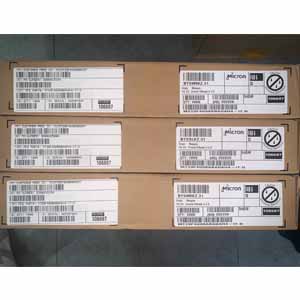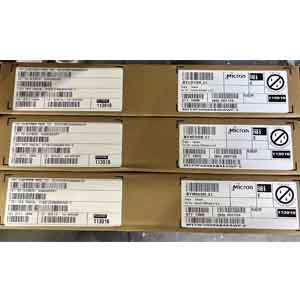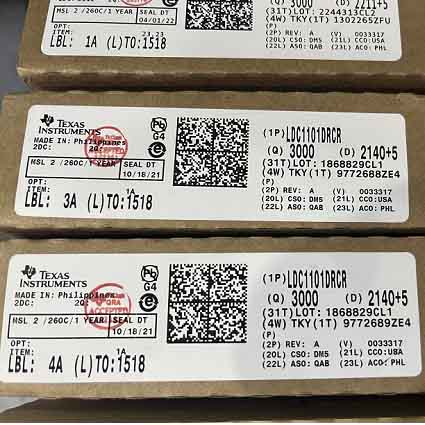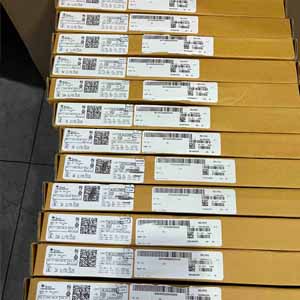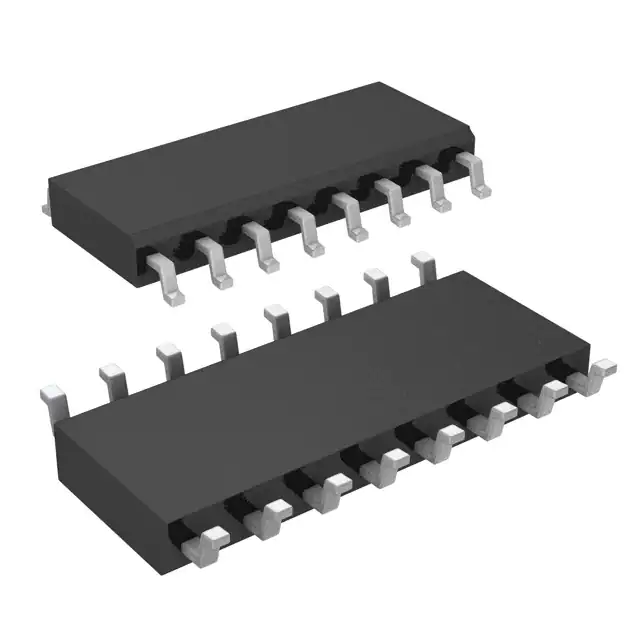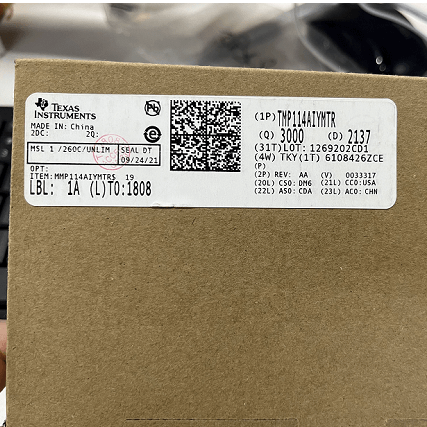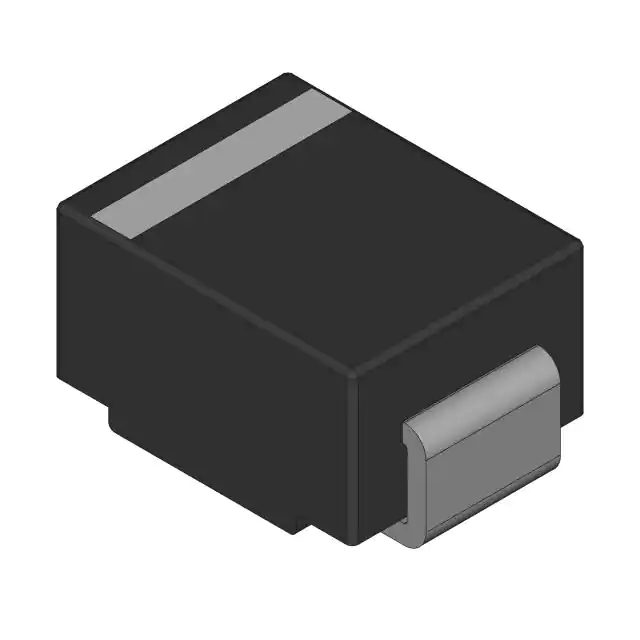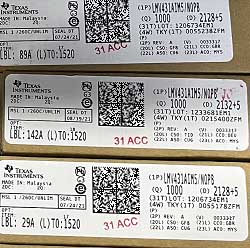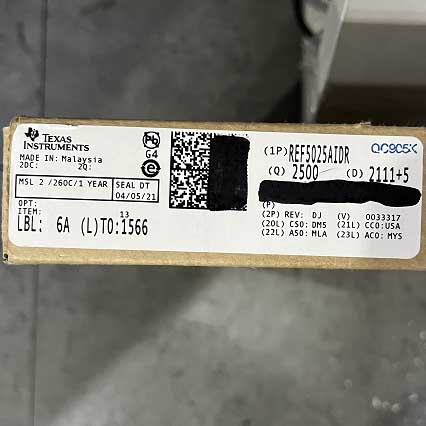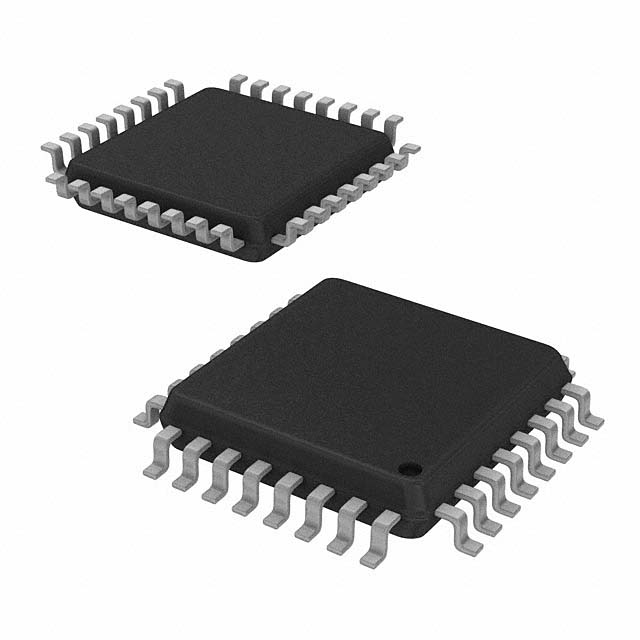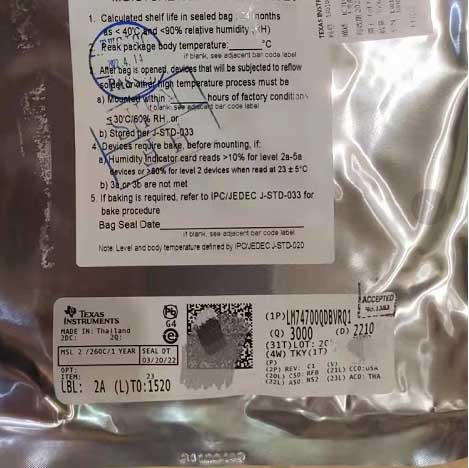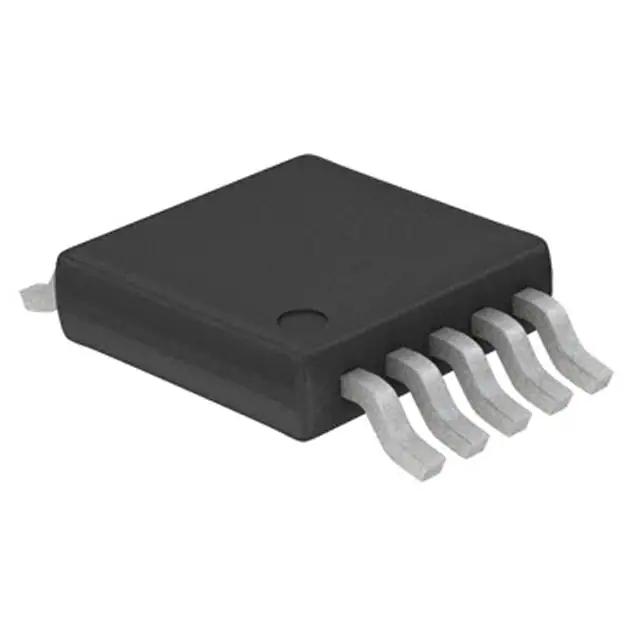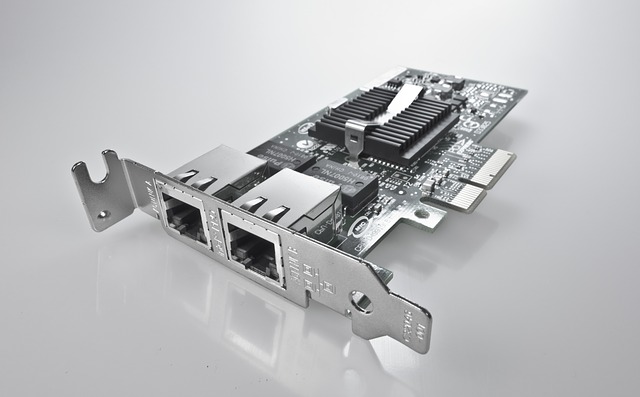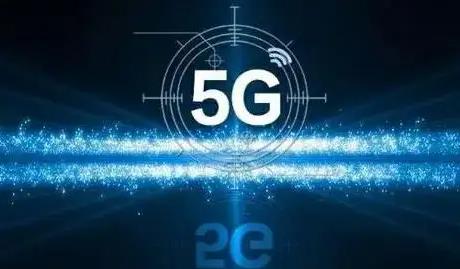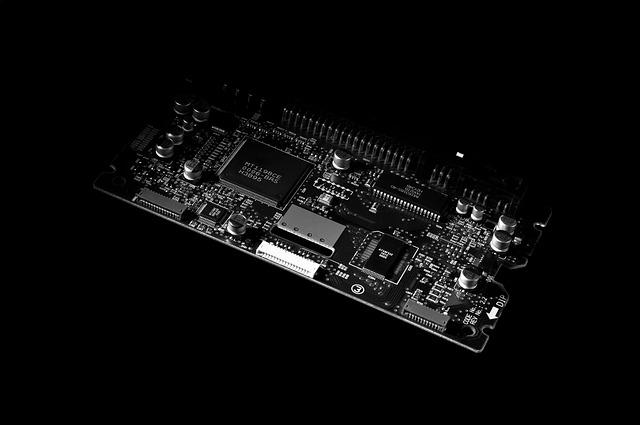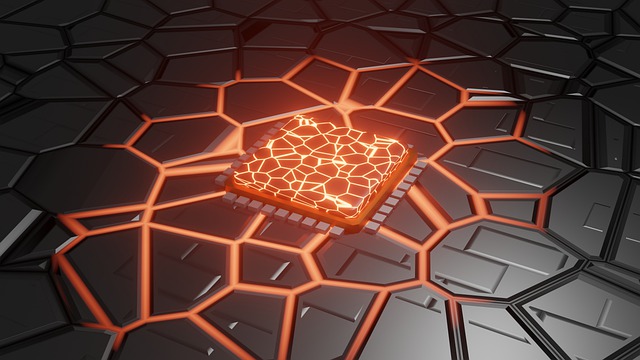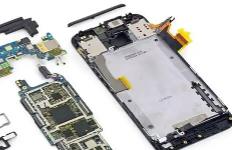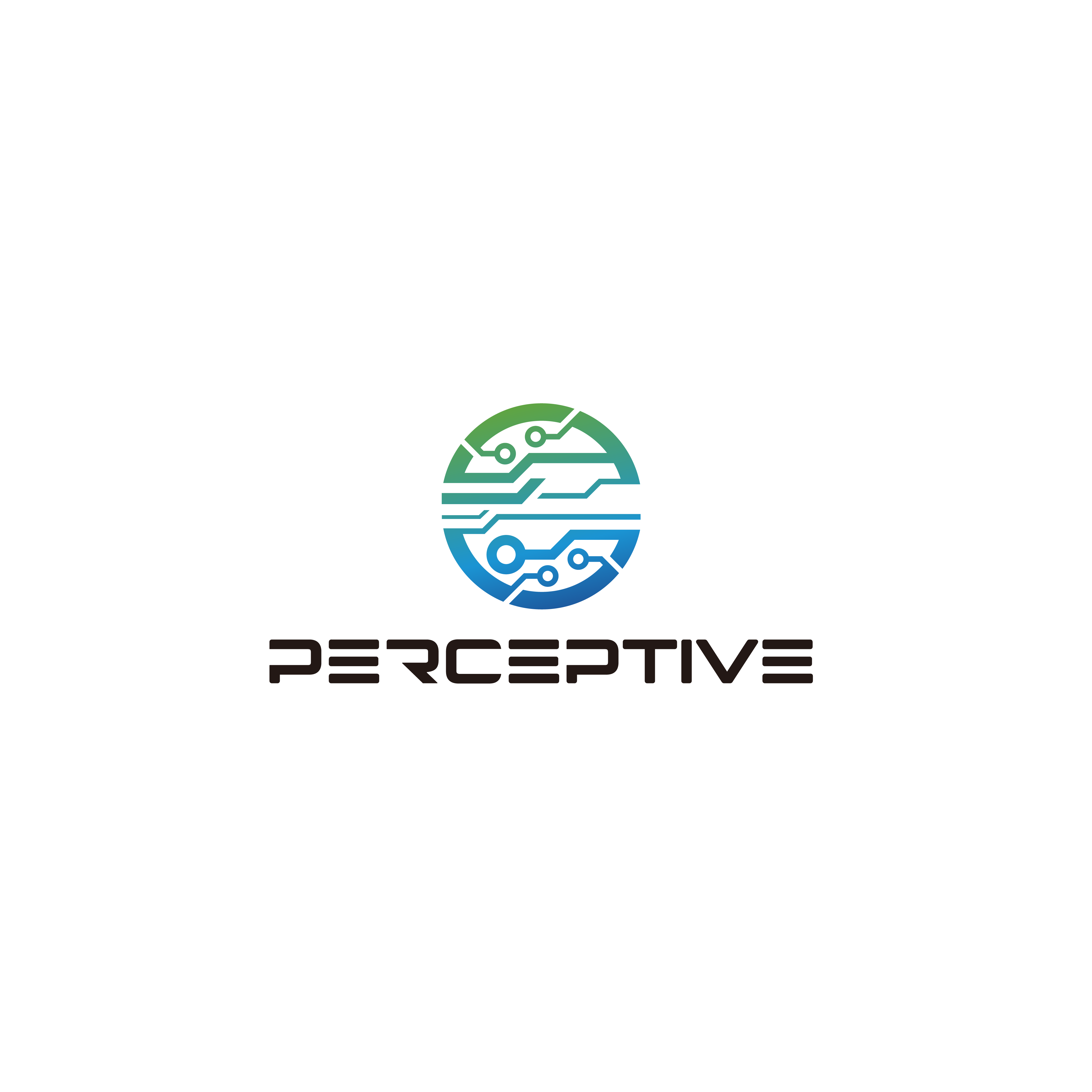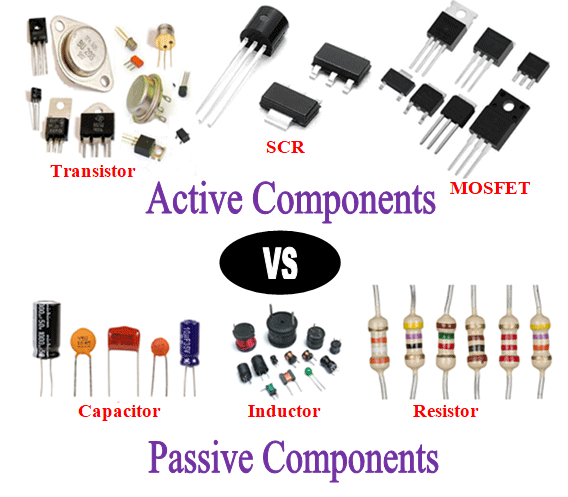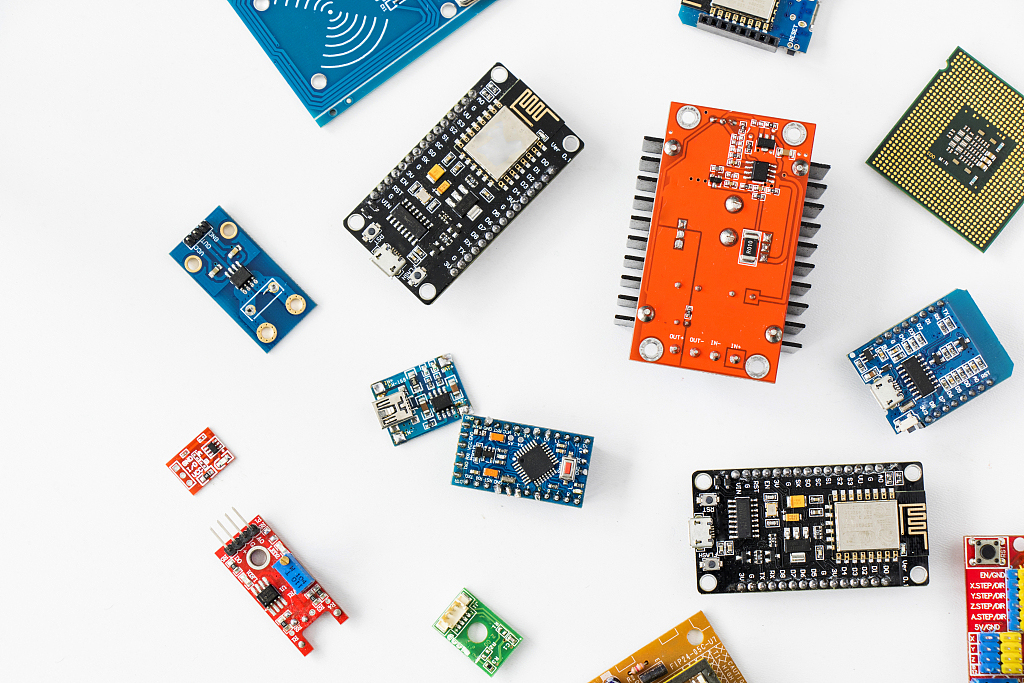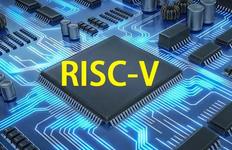In today's electronic product design, it has become quite a The common soft and hard interoperability uses flexibility, but this time we will discuss from the perspective of materials, processes and key components, and at the same time explain the restrictions on the use of flexible boards.
FPCB material characteristics
The product characteristics of the soft board FPCB, in addition to the soft material, actually has a light texture and a very thin/light structure. The material can be flexed many times without breaking the insulation material of the hard PCB, and The flexible plastic base material and wire layout of the flexible board make the flexible board unable to cope with the high conduction current and voltage. Therefore, the design of the flexible board is hardly seen in the application of high-power electronic circuits. For consumer electronics products with high power, the usage of flexible boards is quite large.
Because the cost of flexible boards is still influenced by the key material PI, the unit cost is relatively high. Therefore, when designing products, flexible boards are usually not used as the main carrier board, but are used locally for key designs that require "soft" characteristics. For example, the flexible board application of digital camera electronic zoom lens, or the flexible board material of the electronic circuit of the read head of the optical drive, are all due to the electronic components or functional modules that must move and run, and the rigid circuit board material is not suitable for the situation. , an example of designing a flexible board circuit.
Application Range
In the 1960s, the use of soft boards was quite common. At that time, the unit price of finished soft boards was high. Although they had the characteristics of light weight, bendability, and thinness, the unit cost was still high. At that time, they were only used for high-tech, aerospace, and military purposes. For many. In the late 1990s, flexible circuit boards began to be widely used in consumer electronics products. Around 2000, the United States and Japan were the most producing countries for flexible circuit boards. Limitations, so that the cost of flexible printed circuit boards remain high.
FPCB sheet material has high heat resistance and high stability performance
In terms of final formed products of chemical materials, PI can be used as gaskets, linings, and sealing materials, and bismale materials can be used as base materials for multi-layer circuit boards of soft plates, all aromatic materials, and organic materials in use. Among the polymer materials, it is the material with the highest heat resistance, and the heat resistance temperature can reach 250~360°C! As for the bismale type PI used for flexible circuit boards, its heat resistance is slightly lower than that of fully aromatic PI, generally around 200°C.
The bismale type PI has excellent performance in mechanical material properties, is extremely low in temperature change, can maintain a highly stable state even in high temperature environments, has minimal creep deformation, and low thermal expansion rate! In the temperature range of -200~+250°C, the change of the material is small. In addition, the bismale type PI has excellent chemical resistance. If it is impregnated with 5% hydrochloric acid at 99°C, the tensile strength retention rate of the material A certain level of performance can still be maintained. In addition, the friction and wear characteristics of bismale type PI are also extremely superior, and it can also have a certain degree of wear resistance when used in applications that are prone to wear.
In addition to the main material properties, the structural composition of the FPCB substrate is also a key point. The FPCB is a cover film (upper layer) as an insulating and protective material, which is matched with the insulating substrate, rolled copper foil, and adhesive to form the overall FPCB. The substrate material of FPCB has insulating properties. Generally, polyester (PET) and polyimide (PI) are two major materials. PET and PI each have their own advantages and disadvantages.
FPCB manufacturing materials and procedures improve terminal flexibility
FPCB has many uses in products, but basically nothing more than lead wires, printed circuits, connectors and multi-functional integration systems. According to the function, it can be divided into three types that can be designed according to the space, its shape can be changed, and it can be assembled by folding and flexing design. At the same time, FPCB design can be used to prevent the electrostatic interference of electronic equipment. With the use of flexible circuit boards, if the cost is not considered, the product quality can be directly constructed on the flexible board, not only the design volume is relatively reduced, but the overall product volume can also be greatly reduced due to the characteristics of the board.
The substrate structure of FPCB is quite simple. It mainly consists of the upper protective layer and the middle wire layer. During mass production, the soft point circuit board can be equipped with positioning holes for production process alignment and post-processing. As for the use of FPCB, the shape of the board can be changed according to the space requirements, or it can be used in a folded form. As long as the multi-layer structure adopts anti-EMI and static insulation design on the outer layer, the flexible circuit board can also achieve efficient EMI problem improvement design. .
On the key circuit of the circuit board, the uppermost structure of FPCB is copper, which is divided into RA (Rolled Annealed Copper, hot-rolled annealed copper), ED (Electro Deposited, electrodeposition), etc. The manufacturing cost of ED copper is quite low, but The material will be more prone to fracture or faults. The production cost of RA (Rolled Annealed Copper) is relatively high, but its softness performance is better. Therefore, most of the flexible circuit boards used in the highly deflected state are made of RA materials.
As for the FPCB to be formed, it is necessary to bond different layers of covering layers, rolled copper, and substrates through an adhesive. Generally used adhesives include acrylic (Acrylic) and epoxy resin (Mo Epoxy). There are two main categories. The heat resistance of epoxy resin is lower than that of acrylic, and it is mainly used for household products. Although acrylic has the advantages of high heat resistance and high bonding strength, its electrical insulation Poor, and in the FPCB fabrication structure, the thickness of the adhesive accounts for 20-40 μm (microns) of the overall thickness.
For highly flexural applications Reinforcement and integrated design are available to improve material performance
In the FPCB manufacturing process, the copper foil and the substrate will be produced first, and then the perforation and electroplating operations will be performed after the truncation process. The photoresist material coating process will be carried out after the FPCB hole position is completed in advance, and the coating process will be carried out immediately. In the exposure and development process of FPCB, the circuit to be etched is processed in advance, and the solvent etching operation is performed after the exposure and development process is completed. At this time, after etching to a certain extent to form the conductive circuit, the surface is cleaned to remove the solvent. At this time, it is used Adhesive is evenly coated on the FPCB base layer and the surface of the etched copper foil, and then the cover layer is pasted and added.
After completing the above work, the FPCB is roughly 80% complete. At this time, we still need to deal with the connection points of the FPCB, such as adding holes for soldering, etc., and then proceed to the FPCB's appearance processing, such as using laser cutting After specifying the shape, if the FPCB is a soft-hard composite board, or needs to be welded with the functional module, then the secondary processing is performed at this time, or it is processed and designed with a reinforcing plate.
The uses of FPCB are quite diverse, and the production difficulty is not high, but FPCB itself cannot make too complicated and tight circuits, because the circuit is too thin because the cross-sectional area of the copper foil is too small, and it is easy to bend the FPCB. The internal circuit breaks, so most of the circuits that are too complicated will use the core HDI high-density multi-layer board to handle related circuit requirements. Only a large number of data transmission interfaces or data I/O transmission connections of different functional carrier boards will be able to Use FPCB for board connection.

